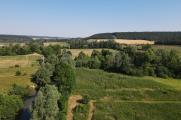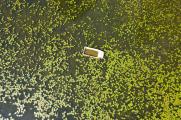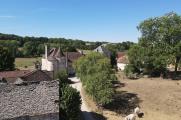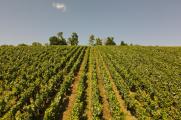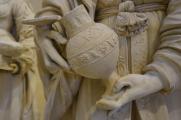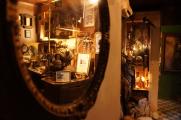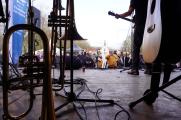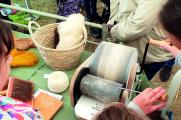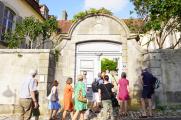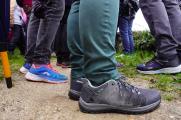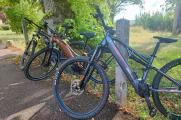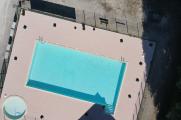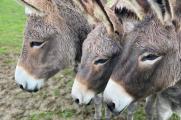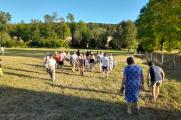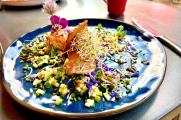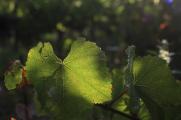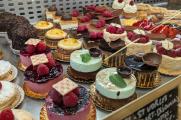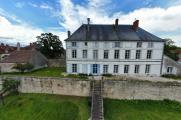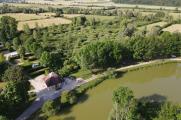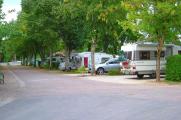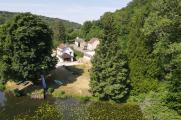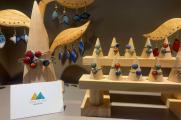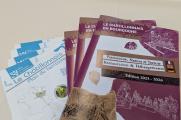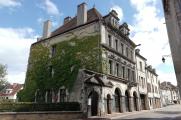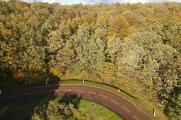
Nature
With its preserved wilderness, the Châtillonnais is the frame of a rich biodiversity. You will find protected natural areas, such as the marais du Cônois or the cirque de la coquille, they enable rare flora and fauna development.
Every year, in early autumn, this is the period when stags bellow: their roar and fight resound in the forests. The forest also hosts wild boars in search for tubers, wildcats and roe deers.
The plants, flowers and herbaceous grow in silence: the marsh orchids, the marsh gentiane or the ligularia sibirica... But the most beautiful one is the cypripedium calceolus, a protected species
For further information:
Bouger Nature en Bourgogne, « Regard Ornitho : Le Châtillonnais »
The forest is omnipresent. It is mainly composed of lobed-leaved trees and covers half of the territory. You will find beeches, oak-trees, but also hornbeams, maples, whitebeams or wild cherry trees. The landscape is modified by the seasons and the colours of the trees, changing from tender green to warm colours when autumn is coming back...
This is the place where will be created the 11th French national park of the Champagne and Burgundy forests, designed to preserve and enhance an outstanding forest area.
To discover everything about Châtillon's forests, go to the Maison de la Forêt in Leuglay, a place of educational and playful dicovery of the environment.
For further information:
Bouger Nature en Bourgogne, « La forêt du Pays Châtillonnais »
Living and moving, water is an essential component of our region. Sources and rivers erode rocks, carve valleys, flow under the bridges, create meanders. The Douix, in the heart of Châtillon, is a wonderful example. This is a resurgence from the Vaucluse and the smallest tributary of the Seine. This is also one of the most beautiful source in France! And one of the most mysterious... Celts and Gallo-Romans already made offerings.
The Châtillonnais is crossed by several rivers: the Ource, the Aube, the Brevon, the Coquille, the Digeanne, the Laigne or the Seine rivers. Before crossing Paris, the river begins its course on the Châtillonnais plateau, 40 kilometers south of Châtillon-sur-Seine.
Beside these natural areas, there are the ones created by humans: the artificial lakes of Riel-les-Eaux, Marcenay or the ponds of Marots; the favorite places of fishermen and nature lovers.


